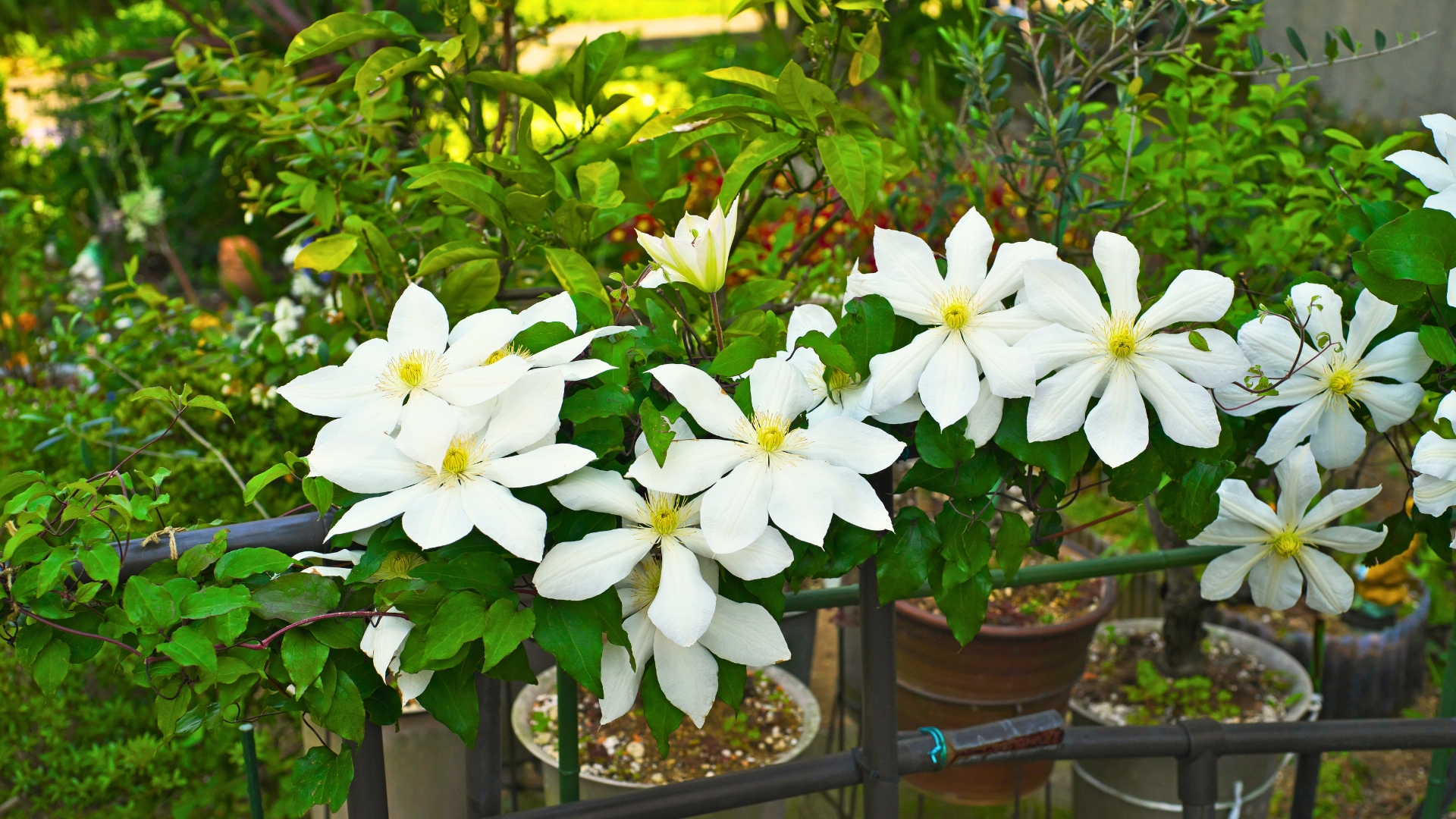Use These 10 Simple Tricks To Deadhead Clematis And Keep It Blooming Longer
I used to think deadheading clematis was some complicated garden chore—until I found a few super simple tricks that totally changed the game.
Now my clematis keeps blooming like it’s showing off, and I’m not mad about it. If yours looks a little tired or you just want more flowers (who doesn’t?), I’ve got you covered. These easy tips take barely any effort but make a big difference.
Let’s get those blooms back in action!
1. Know Your Clematis Group
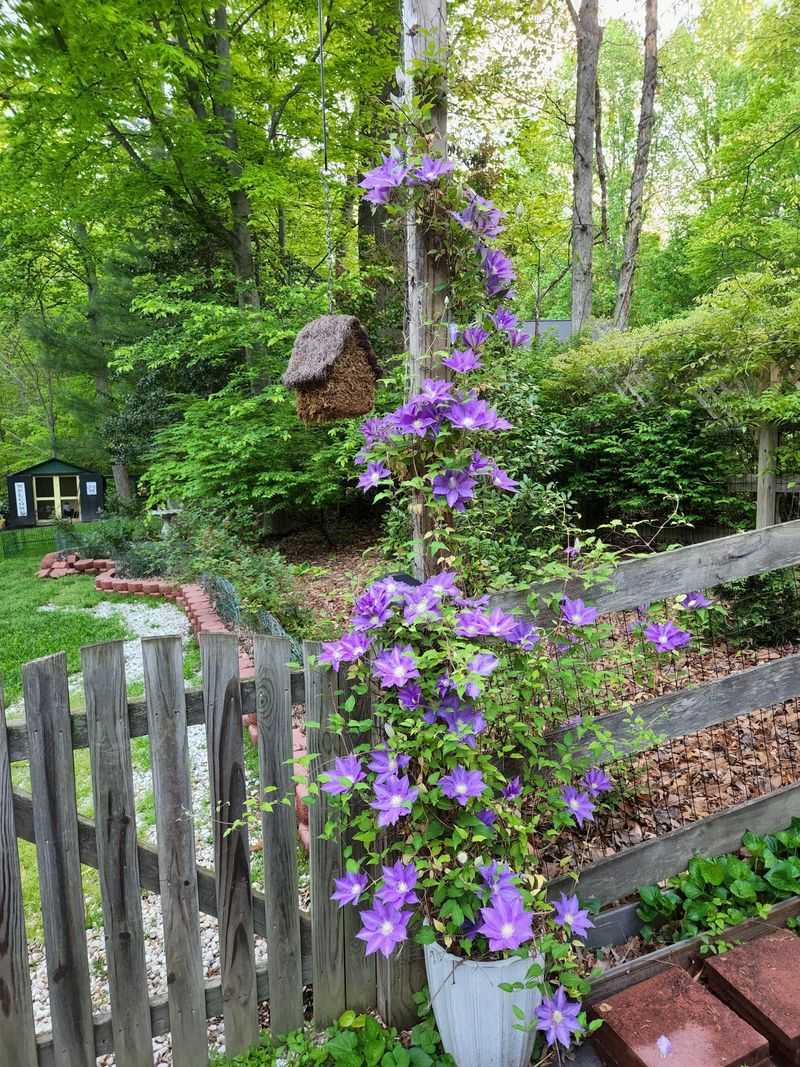
Before snipping away, identify which of the three clematis groups your plant belongs to. Group 1 blooms in early spring, Group 2 in late spring, and Group 3 in summer to fall.
Different groups require different pruning approaches. Deadheading at the wrong time might accidentally remove next year’s flower buds. Check the plant tag or research your specific variety online if you’re unsure which group you have.
2. Use Sharp, Clean Tools
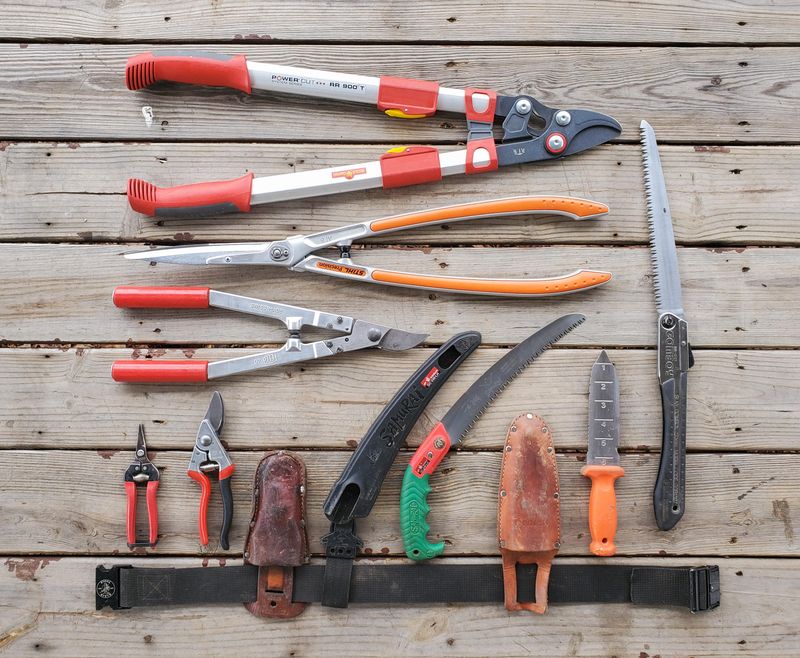
Grab a pair of bypass pruners or sharp scissors that have been sanitized with rubbing alcohol. Dull or dirty tools can damage stems and spread disease between plants in your garden.
Make clean cuts just above a set of healthy leaves or a new growth bud. The cleaner the cut, the quicker your clematis will heal and redirect energy to producing new flowers instead of healing ragged wounds.
3. Follow the Stem Down
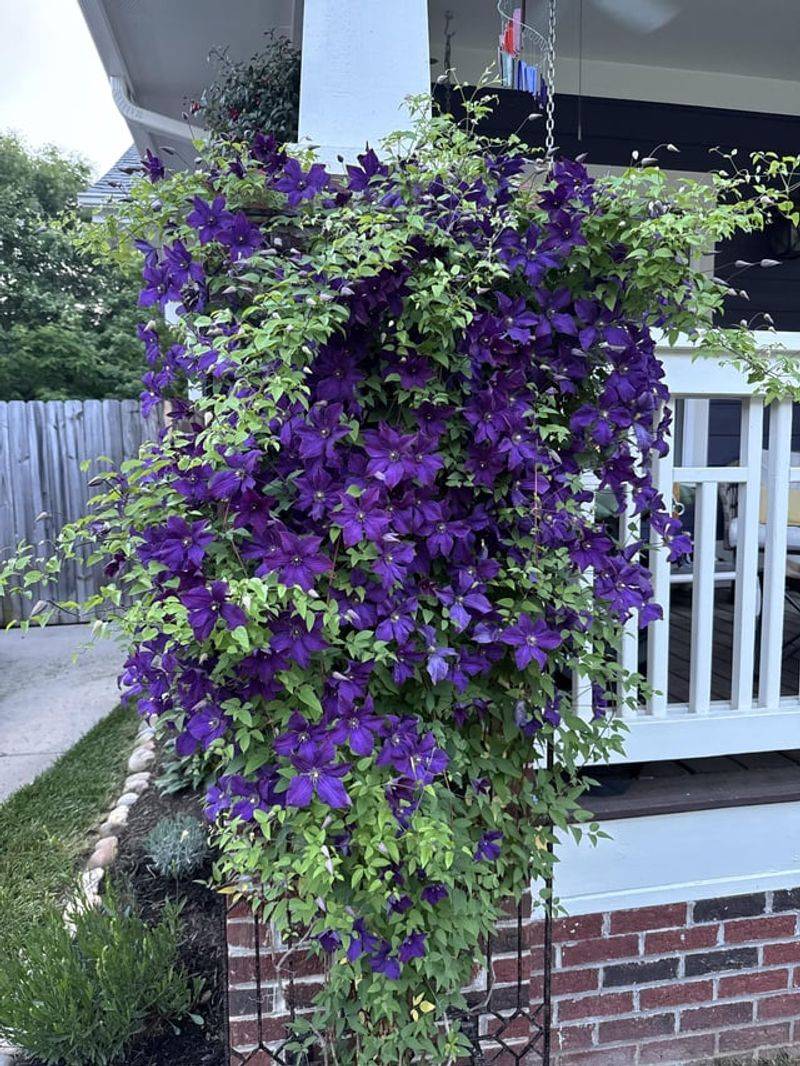
Don’t just snip off the faded flower head! Follow the stem down to the first set of healthy leaf buds before making your cut. This encourages branching and more flowering points on your clematis vine.
The key is looking for plump, healthy buds that will produce new growth. Sometimes this means cutting back several inches, but your patience will be rewarded with more abundant blooms in the coming weeks.
4. Morning Deadheading Magic
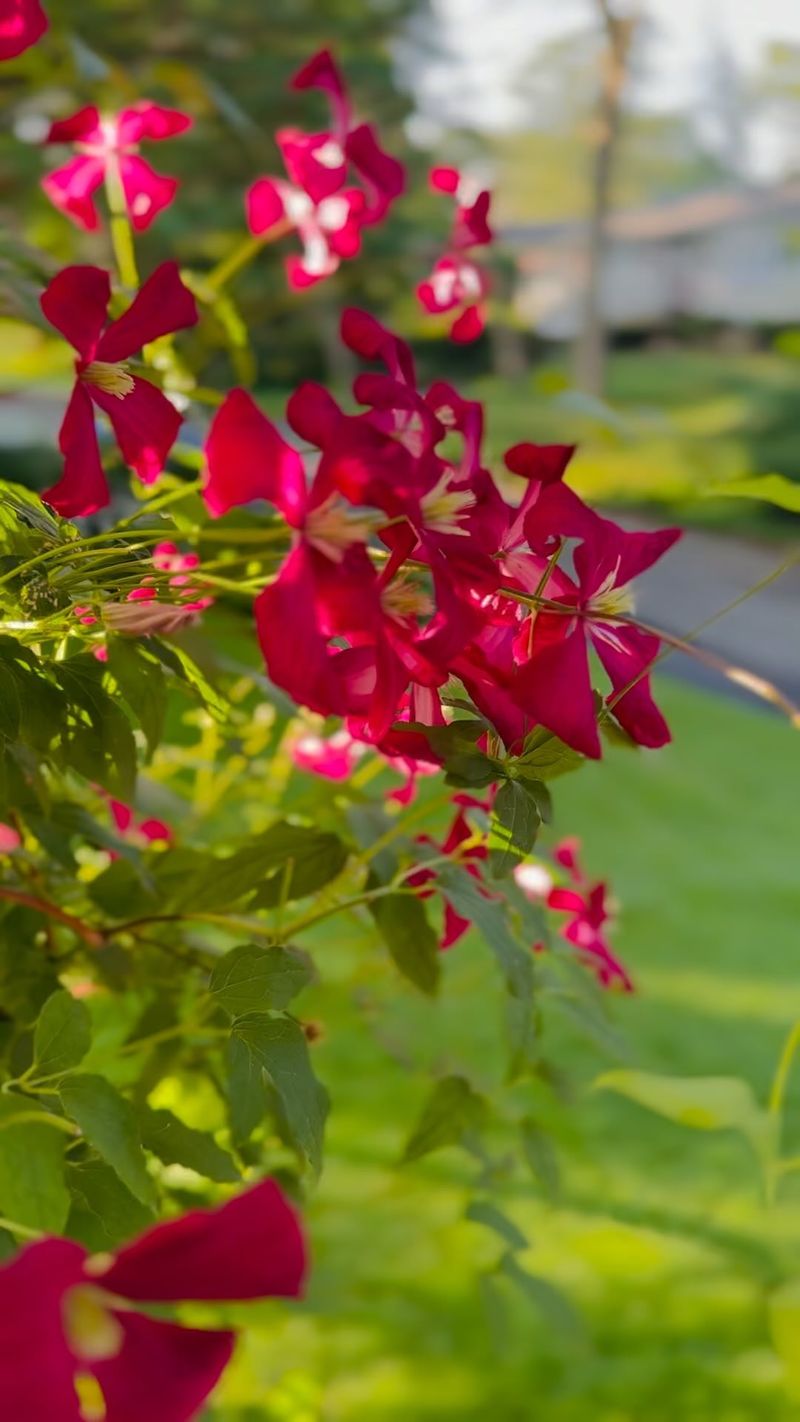
Plan your deadheading sessions for early morning when both you and your clematis are fresh. Plants recover better from pruning when temperatures are cool and they’re well-hydrated from overnight moisture.
Morning deadheading also gives cut stems time to heal before the heat of the day. As a bonus, you’ll enjoy garden work more in the cooler hours, and you’ll spot spent blooms more easily in the clear morning light.
5. Deadhead Regularly

Make deadheading a weekly habit during peak flowering season. Regular attention prevents the plant from wasting energy on seed production and signals it to create more flowers instead.
Even just 5-10 minutes of deadheading each week makes a huge difference. The more consistent you are, the more continuous your clematis bloom cycle will be, especially for repeat-flowering varieties that can bloom from late spring through fall.
6. Pinch for Bushier Growth

Try pinching instead of cutting for young clematis plants. Simply use your thumb and forefinger to remove the growing tip just above a leaf node, encouraging side shoots to develop.
This technique creates a fuller, more floriferous plant over time. Pinching works especially well on Group 3 clematis like ‘Jackmanii’ or ‘Viticella’ varieties, creating a denser vine with more potential flowering points.
7. Selective Side Branch Removal
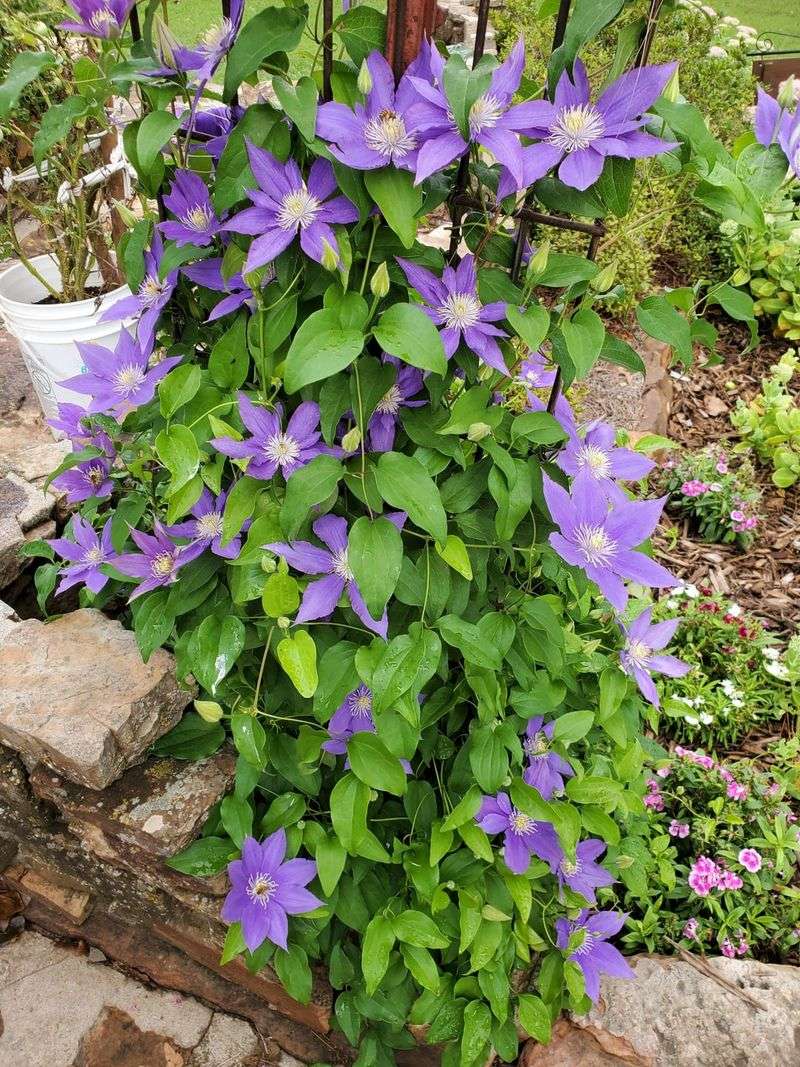
Look for secondary side branches that have finished flowering completely. Remove these at their base to redirect energy to branches still in active bloom or those developing new buds.
This targeted approach maintains the plant’s overall shape while maximizing flowering potential. Focus particularly on interior stems that receive less light, as these often produce fewer flowers and can make the plant look congested.
8. Feed After Deadheading
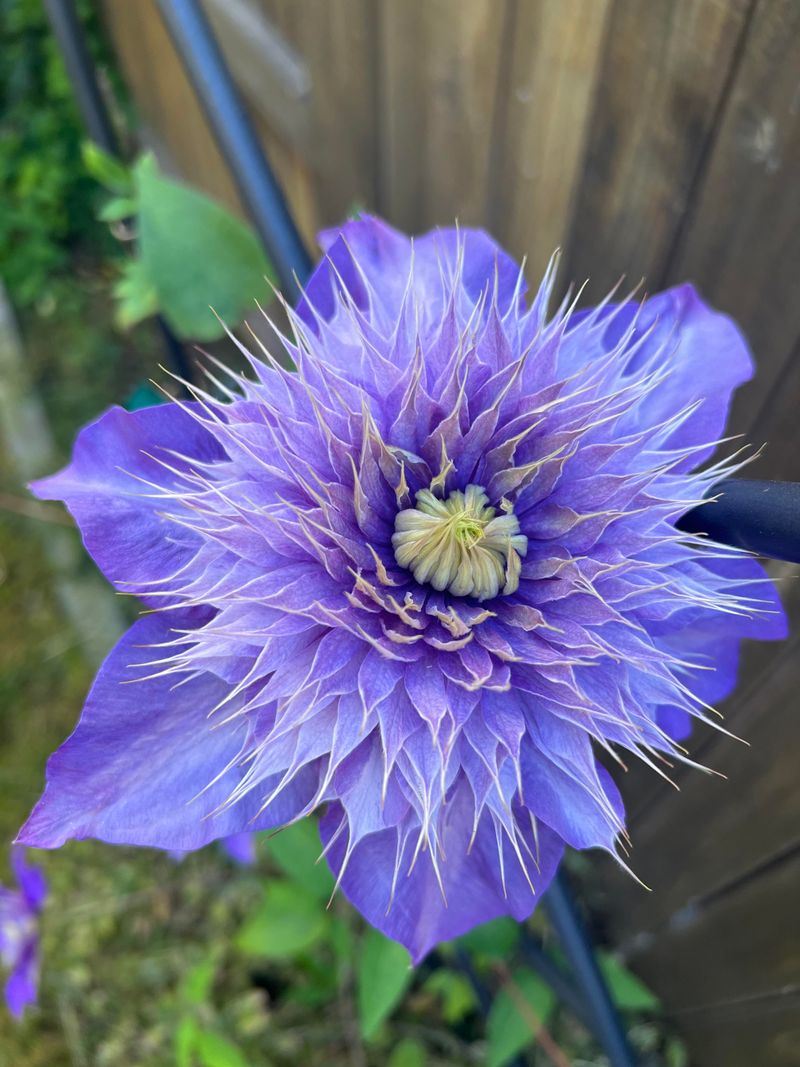
Apply a bloom-boosting fertilizer after a major deadheading session. Choose a formula higher in phosphorus (the middle number in the NPK ratio) to encourage flower production rather than just leafy growth.
Water thoroughly after feeding to help nutrients reach the roots. This post-deadheading boost gives your clematis the energy it needs to produce that next flush of flowers, especially important for repeat-bloomers during their second or third flowering cycle.
9. Save Special Seedheads
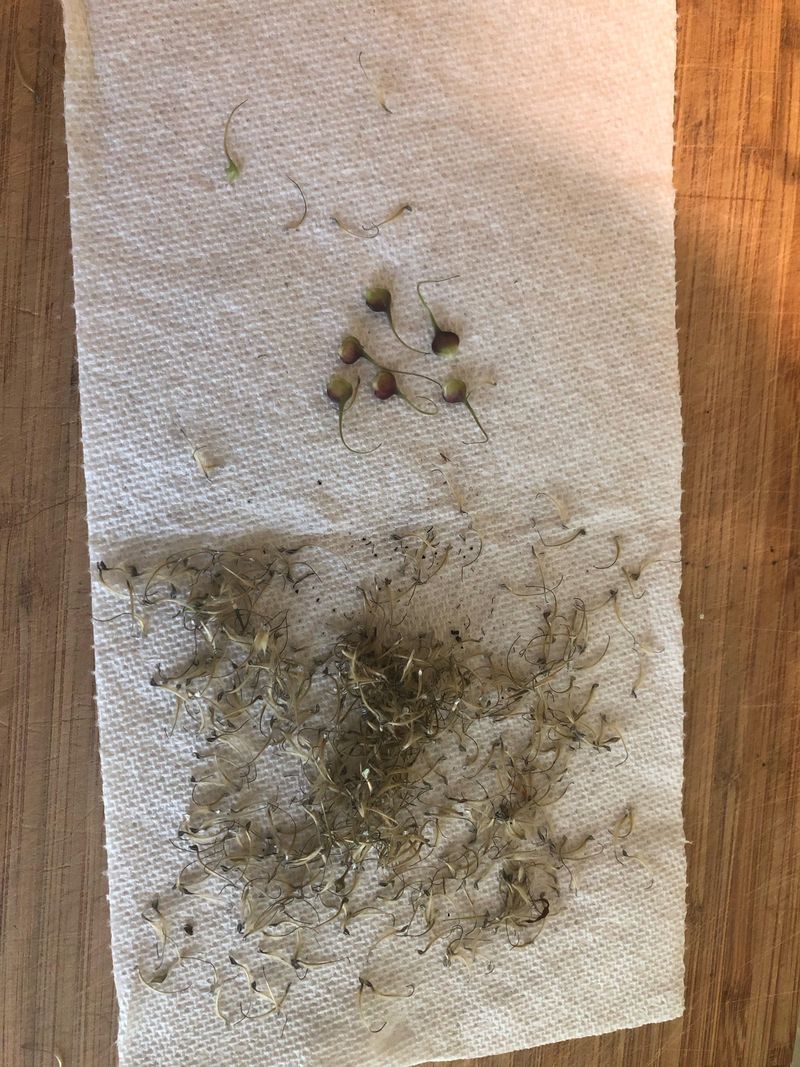
Some clematis varieties develop decorative seedheads that add winter interest to your garden. Species like Clematis tangutica form silvery, feathery puffs worth keeping for texture and visual appeal.
Be selective about which ones you leave. A few strategic seedheads can be ornamental, while removing others encourages continued flowering. This balanced approach gives you the best of both worlds—extended blooming and winter garden interest.
10. Record Your Results
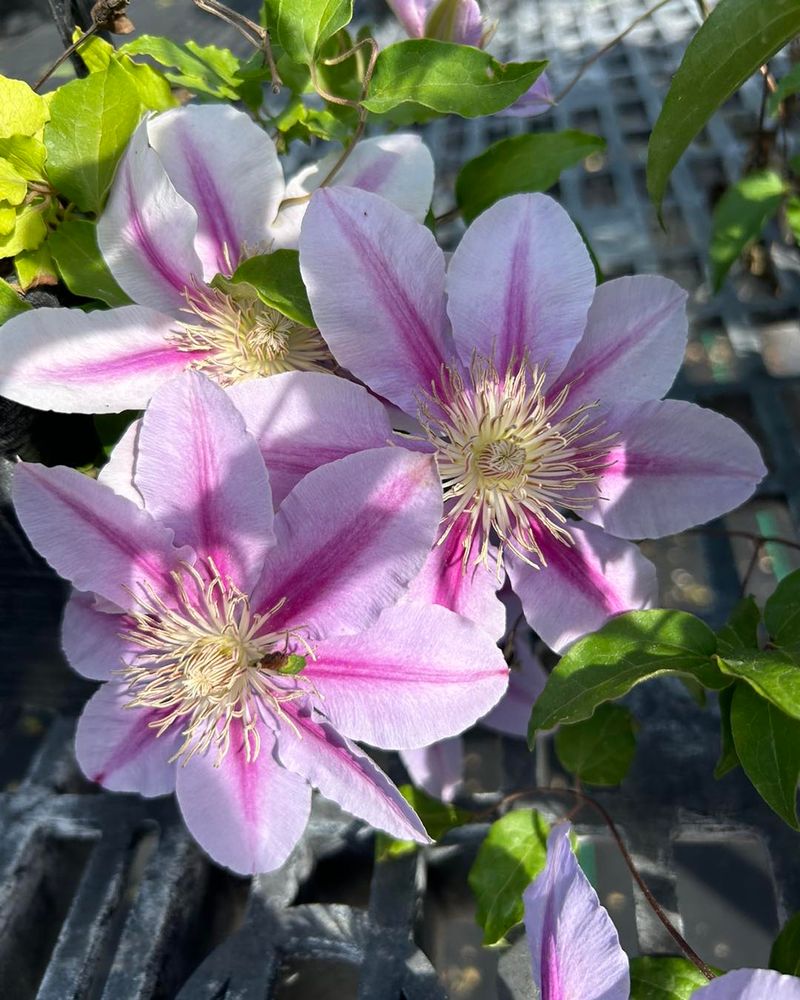
Keep a simple garden journal noting when and how you deadheaded your clematis. Take before and after photos to track which techniques yield the best results for your specific varieties.
This personalized record helps you refine your approach season after season. Different clematis respond differently to various deadheading methods, and your notes will help you develop the perfect strategy for your particular plants and growing conditions.

